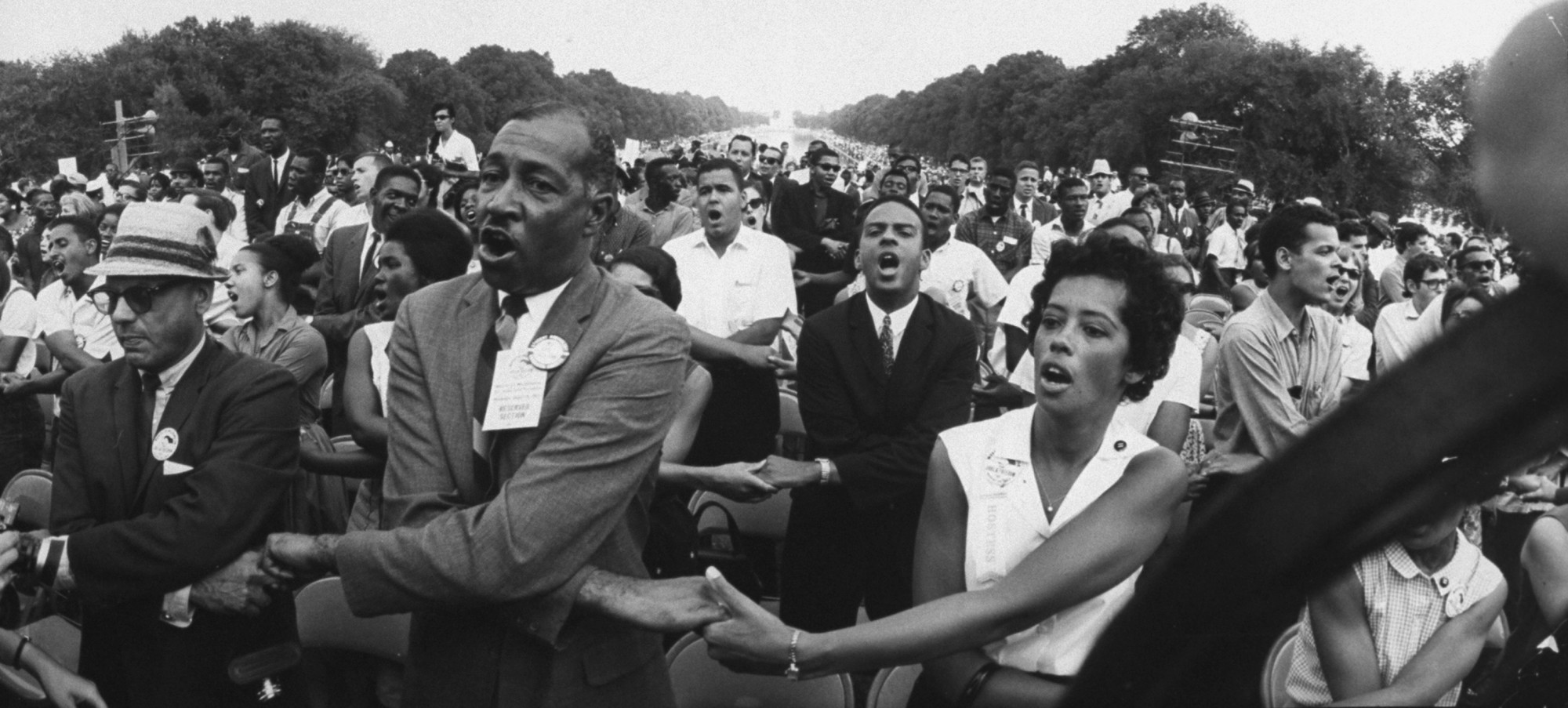Less Than Equal: Racial Disparities in Wealth Accumulation. Signe-Mary McKernan, Caroline Ratcliffe, C. Eugene Steuerle & Sisi Zhang. Urban Institute. April 2013.
When it comes to economic gaps between whites and communities of color in the United States, income inequality tells part of the story. But let’s not forget about wealth. Wealth isn’t just money in the bank, it’s insurance against tough times, tuition to get a better education and a better job, savings to retire on, and a springboard into the middle class. In short, wealth translates into opportunity.
…How Did the Great Recession Affect Wealth, and Who Lost the Most? While the Great Recession didn’t cause the wealth disparities between whites and minorities, it did exacerbate them. The 2007–09 recession brought about sharp declines in the wealth of white, black, and Hispanic families alike, but Hispanics experienced the largest decline. Lower home values account for much of Hispanics’ wealth loss, while retirement accounts are where blacks were hit hardest….
How Do We Fix This? Families of color were disproportionately affected by the recession. However, the fact that they were not on good wealth-building paths before this financial crisis calls into question whether a whole range of policies (from tax to safety net) have actually been helping minorities get ahead in the modern economy. More fundamentally, it raises the question of whether social welfare policies pay too little attention to wealth building and mobility relative to consumption and income….
…A common misconception is that poor or even low-income families cannot save. Research and evidence from savings programs shows they can. When we examined families living below the poverty level, we found that over a decade more than 40 percent were able to increase their networth and save enough to escape asset poverty—in other words, they had enough assets to live at the poverty level for three months without income (about $3,000 for an individual and $6,000 for a family of four). The federal government spends hundreds of billions of dollars each year to support long-term asset development. But these asset building subsidies primarily benefit high income families, while low-income families receive next to nothing. Reforming policies like the mortgage interest tax deduction so it benefits all families, and helping families enroll in automatic savings vehicles, will help improve wealth inequality and promote saving opportunities for all Americans.
- Racial Wealth Divide is 3 Times Wider than Income Gap, Threatening Economic Opportunity Integrity. Abstract: Why have middle-income blacks and Hispanics seen little, if any, improvement in their economic status relative to whites? New research from the Urban Institute’s Opportunity and Ownership Project points to an ever-widening wealth chasm.
- Wealth Gap Among Races Has Widened Since Recession. Annie Lowrey. New York Times. April 28, 2013.
- Does Financial Support and Inheritance Contribute to the Racial Wealth Gap? by Signe-Mary McKernan, Caroline Ratcliffe, Margaret Simms, and Sisi Zhang. Urban Institute. Large gifts and inheritances play an important role in perpetuating the racial wealth gap.
- Can the Poor Accumulate Assets? Signe-Mary McKernan, Caroline Ratcliffe, and Trina Williams Shanks. Urban Institute. Conventional wisdom says the poor cannot build wealth, but research proves that assumption wrong.
- The Changing Wealth of Americans. Urban Institute.
…………………………………………………………………………………………………………………………………………
How America Built the Racial Wealth Gap. Lawrence D. Bobo. April 9, 2013. Straight Up: Will leaders ever step up to fix the mess that social policy and our checkered past created?
…………………………………………………………………………………………………………………………………………
The Roots of the Widening Racial Wealth Gap: Explaining the Black-White Economic Divide. Thomas Shapiro, Tatjana Meschede and Sam Osoro. Research and Policy Brief. February 2013. Institute on Assets & Social Policy. Brandeis University.
KEY FINDINGS:
1. Tracing the same households over 25 years, the total wealth gap between white and African-American families nearly triples, increasing from $85,000 in 1984 to $236,500 in 2009.
2. The biggest drivers of the growing racial wealth gap are: • Years of homeownership • Household income • Unemployment, which is much more prominent among AfricanAmerican families • A college education • Inheritance, financial supports by families or friends, and preexisting family wealth
3. Equal achievements, such as income gains, yield unequal wealth rewards for whites and African-Americans.
- Study ties black-white wealth gap to stubborn disparities in real estate. Michael Fletcher. The Washington Post. February 27, 2013.
- Study shows racial wealth gap continues to widen. Christine Dugas. USA Today. February 27, 2013.
- What Explains the Racial Wealth Gap? Neil Shah. Wall Street Journal Blog. February 27, 2013.
…………………………………………………………………………………………………………………………………………
Closing the Racial Wealth Gap Initiative – Publications and Materials. Insight Center for Community Economic Development.
…………………………………………………………………………………………………………………………………………

Pingback: Income Inequality Data online articles | PEAK - Progressive Education & Action In Kern